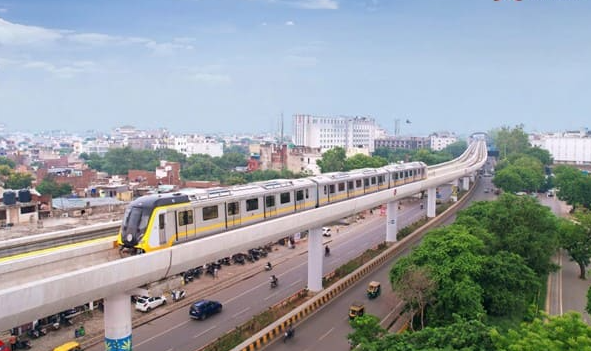Heightened activity in the mid-income, premium and luxury segment despite higher mortgage rates drive the demand.
Mumbai: The demand for residential properties and its conversion into into sales across the country’s top eight cities has scaled an all-time high in 2023 led by heightened activity in the mid-income, premium and luxury segment despite higher mortgage rates and prices. The growth momentum in these housing markets is expected to be sustained in a steady manner in 2024 as likely interest rate reduction may help the performance of rate-sensitive affordable housing, which has so far remained subdued.
India’s top eight property markets have registered a 5% growth in annual sales at over 3.29 lakh apartments in 2023, showed data from Knight Frank India. Mumbai region registered the highest sales of 86,871 units demonstrating a 2% growth, while Kolkata witnessed the highest home sales growth, in terms of per centage, at 16% followed by Ahmedabad at 15% while Pune grew at 13%.
“Real estate in India has grown steadily over the last few years, driven by factors such as rapid urbanisation, infrastructure improvements, favorable demographics, and government policies geared towards growth. With economic growth projected at 7%, India has a solid foundation for the upcoming fiscal year,” said Niranjan Hiranandani, chairman, NA- REDCO National.
In terms of 12-month residential price change, Hyderabad saw the highest price movement of 11% in 2023. Mumbai, Bengaluru, and Kolkata registered 7% rise each. NCR and Pune witnessed 6% and 5% growth, respectively, while Chennai and Ahmedabad witnessed 4% increase.
“Characterised by a shift towards more expensive properties, the residential market continues its on- ward march to achieve another watershed year in 2023. Without a doubt, this growth is led by the strong economic fundamentals of the country that gives buyers financial confidence to make long-term investments,” said Shishir Baijal, CMD, Knight Frank India.
According to him, drama- tic improvement in home affordability over the last decade has helped home buyers despite a steady rise in prices. However, higher interest rates have resulted in reduced sales volumes in the affordable segment which may see an improvement if the rates are reduced later this year.
The renewed demand has led to an accelerated pace in residential development, with both half-yearly and annual volume of units launched reaching their highest levels in a decade. Notably, the launch volumes in 2022 and 2023 have surpassed the sales figures for the corresponding periods. Interestingly, this as occurred only thrice in the past ten years.
A total of 350,746 units we- re launched across the eight markets registering a rise of 7% on year. Mumbai recorded the highest residential launches in the country with supply of 93,051 units during the year. Kolkata witnessed the highest growth (in terms of percentage growth) at 28% followed by Bengaluru at 18%. NCR was the only market to record a marginal slow- down in launches.
“A dynamic market shift and buoyant consumer demand characterize the cur- rent Indian real estate market. Several compelling fac- tors combine to make the Indian real estate sector a standout. These factors include rapid urbanization, political stability, infrastructure development, buoyant capital markets, institutional investment, favorable demographics, and rising incomes,” said Hira- nandani.
According to him, a com- prehensive landscape of growth, resilience, and in- novation in the Indian real estate sector generates an overall sense of optimism for the financial year 2024- 25. The surge in demand will result in a 10-12% increase in property prices in 2024, along with a snowball distribution of commercial and retail space.
Source- The Economic Times




